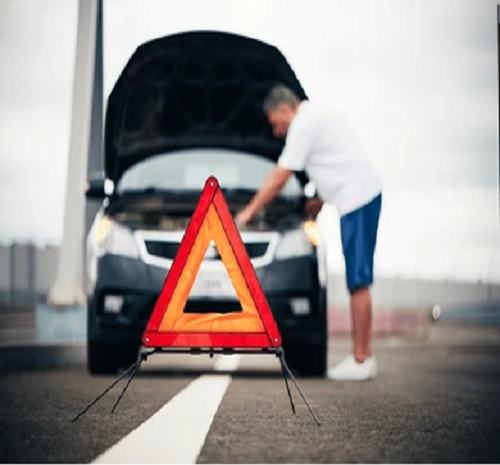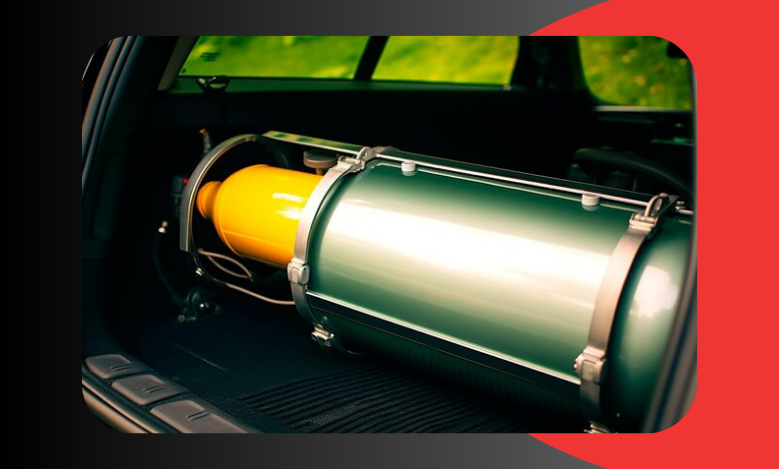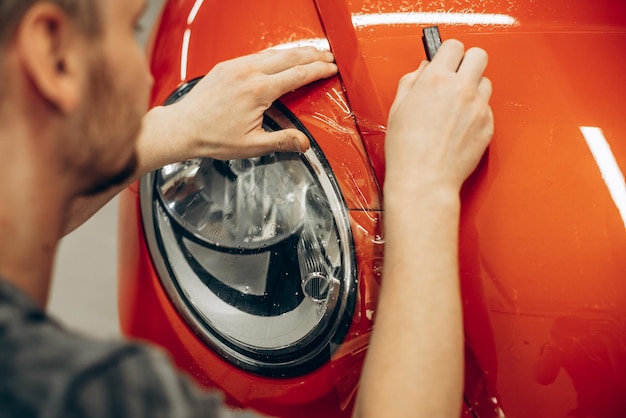Encountering an emergency roadside stop can be stressful and potentially dangerous. Whether it’s a flat tire, engine trouble, or another unexpected issue, knowing how to react can ensure your safety and that of other drivers. Here’s a comprehensive guide on how to handle an emergency roadside stop effectively.
1. Stay Calm and Assess the Situation
The first step in any emergency is to stay calm. Panicking can lead to poor decision-making. Assess your situation carefully:
- Identify the Problem: Determine the nature of the issue. Is it a flat tire, engine failure, or something else?
- Check Your Surroundings: Are you on a busy highway or a quiet road? Understanding your environment can help you decide the next steps.
2. Move to a Safe Location
If possible, safely maneuver your vehicle to the side of the road:
- Use Your Turn Signal: Signal your intention to pull over to alert other drivers.
- Find a Flat Area: Look for a flat, stable area to stop your vehicle, away from traffic.
- Stay Visible: Park your car as far off the road as possible, but ensure it’s still visible to other drivers.
3. Turn on Hazard Lights
As soon as you’ve safely stopped, turn on your hazard lights:
- Alert Other Drivers: This signals to other vehicles that you’re experiencing difficulties and may be stationary for a while.
- Use Flares or Reflectors: If you have emergency flares or reflective triangles, place them behind your vehicle to increase visibility.
4. Exit the Vehicle Carefully
If you need to exit the vehicle, do so cautiously:
- Check Traffic: Before opening the door, check for oncoming traffic. If you’re on a busy road, it might be safer to stay inside.
- Use Caution: If you exit, be mindful of moving vehicles and stay as far from traffic as possible.
5. Assess the Problem
Once you’re in a safe location, assess the issue:
- Check for Flat Tires: If it’s a tire issue, inspect each tire for visible damage.
- Look for Leaks or Smoke: If there’s an engine problem, check for any leaks or smoke coming from the engine.
6. Decide on the Next Steps
Based on your assessment, decide whether you can handle the situation yourself or if you need professional assistance:
- If You Can Fix It: For minor issues like a flat tire, use your spare tire and jack. Always follow safety protocols when changing a tire.
- Call for Help: If you’re unable to resolve the issue or it’s too dangerous, call for roadside assistance or a tow truck.
7. Stay Inside if Necessary
In certain situations, especially on busy highways:
- Remain in Your Vehicle: If you feel it’s unsafe to exit, stay inside with your seatbelt fastened. This is particularly important if you’re on a high-speed road.
- Keep Your Phone Charged: Ensure your phone is charged to maintain communication with emergency services or roadside assistance.
8. Wait for Help
Once you’ve called for assistance:
- Stay Calm and Patient: Help may take some time, especially in busy areas. Use this time to stay safe and collected.
- Avoid Distracting Activities: Don’t engage in activities that may divert your attention from safety, such as fiddling with your phone or standing too close to traffic.
9. Prepare for Future Emergencies
After handling the situation, take steps to be better prepared in the future:
- Emergency Kit: Keep an emergency kit in your car, including a flashlight, first aid supplies, water, non-perishable snacks, and basic tools.
- Regular Vehicle Maintenance: Schedule regular check-ups for your vehicle to reduce the chances of roadside emergencies.
Roadside Emergency Safety Tips: Stay Safe on the Road
Experiencing a roadside emergency can be stressful and potentially dangerous. Whether you face a flat tire, engine trouble, or another unexpected situation, knowing how to react can make all the difference. Here are essential roadside emergency safety tips to help you stay safe and prepared.
1. Stay Calm and Assess the Situation
The first step in any emergency is to remain calm. Panic can cloud your judgment. Take a moment to assess the situation:
– Identify the Problem: Determine if it’s a flat tire, engine failure, or another issue.
– Check Your Environment: Are you on a busy highway or a quiet road? Understanding your surroundings can help you make informed decisions.
2. Move to a Safe Location
If possible, steer your vehicle to a safe area:
– Use Your Turn Signal: Signal your intention to pull over to alert other drivers.
– Find a Safe Spot: Look for a flat, stable area away from traffic where you can stop your vehicle.
– Stay Visible: Park as far off the road as possible while ensuring your car is visible to oncoming traffic.
3. Turn on Hazard Lights
Once you’ve stopped safely, activate your hazard lights:
– Alert Other Drivers: This indicates that your vehicle is experiencing issues and may be stationary for some time.
– Use Flares or Reflectors: If available, place reflective triangles or flares behind your vehicle to increase visibility.
4. Exit the Vehicle Carefully
If you need to exit your vehicle, do so with caution:
– Check for Traffic: Look for oncoming vehicles before opening your door. If on a busy road, it may be safer to remain inside.
– Stay Alert: If you exit, move away from traffic and remain aware of your surroundings.
5. Assess the Problem
Take a closer look at the issue once you’re in a safe location:
– Inspect for Flat Tires: Check each tire for visible damage or deflation.
– Look for Leaks or Smoke: If there’s an engine problem, watch for any leaks or signs of smoke.
6. Decide on Next Steps
Based on your assessment, determine whether you can resolve the issue yourself or if you need professional help:
– If You Can Fix It: For minor problems like a flat tire, use your spare tire and tools. Follow safety protocols when changing a tire.
– Call for Help: If you cannot fix the issue or it’s unsafe, call for roadside assistance or a tow truck.
7. Stay Inside if Necessary
In high-traffic situations:
– Remain in Your Vehicle: If it’s unsafe to exit, stay inside with your seatbelt fastened, particularly on busy highways.
– Keep Your Phone Charged: Ensure your phone is charged so you can communicate with emergency services or assistance.
8. Wait for Help
After you’ve called for assistance:
– Stay Calm and Patient: Help may take time, especially in busy areas. Use this time to stay safe and collected.
– Avoid Distractions: Focus on your surroundings rather than engaging in distracting activities.
9. Prepare for Future Emergencies
After handling the situation, take steps to be better prepared in the future:
– Emergency Kit: Keep an emergency kit in your car with a flashlight, first aid supplies, water, snacks, and basic tools.
– Regular Maintenance: Schedule regular check-ups for your vehicle to minimize the chances of emergencies.
Roadside emergencies can happen to anyone, but being prepared can help you handle them effectively. By staying calm, moving to a safe location, and knowing how to assess and address the situation, you can protect yourself and others on the road. Keep these safety tips in mind, and make sure your vehicle is equipped for emergencies to ensure safe travels.
Conclusion
An emergency roadside stop can be a daunting experience, but knowing how to handle it effectively can make all the difference. By staying calm, assessing your surroundings, and taking the necessary precautions, you can ensure your safety and that of other drivers. Remember to prepare in advance to make future incidents easier to manage. Safe travels!




